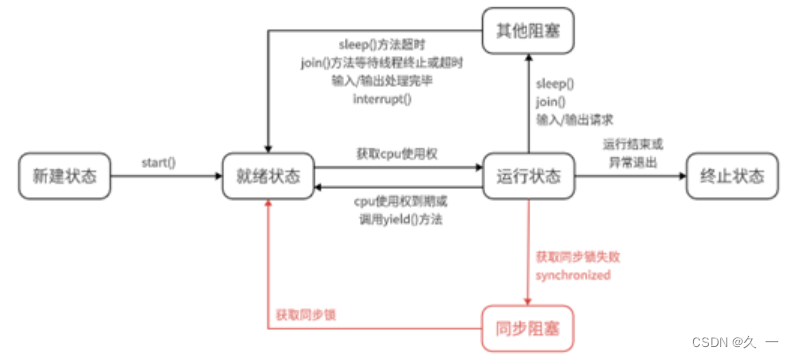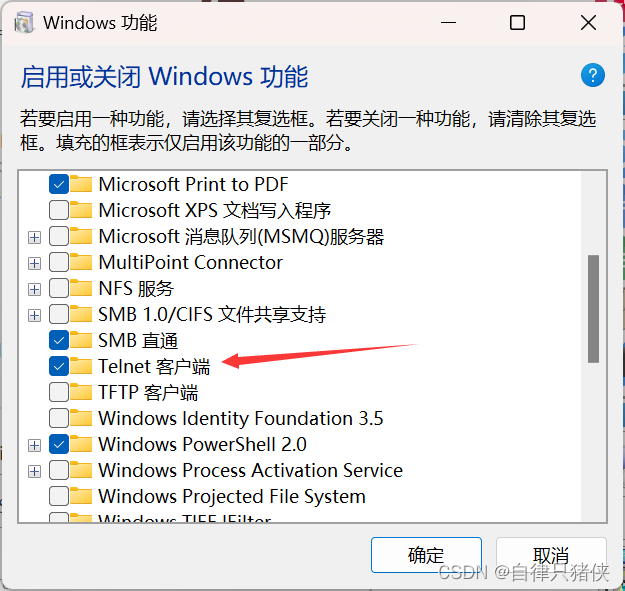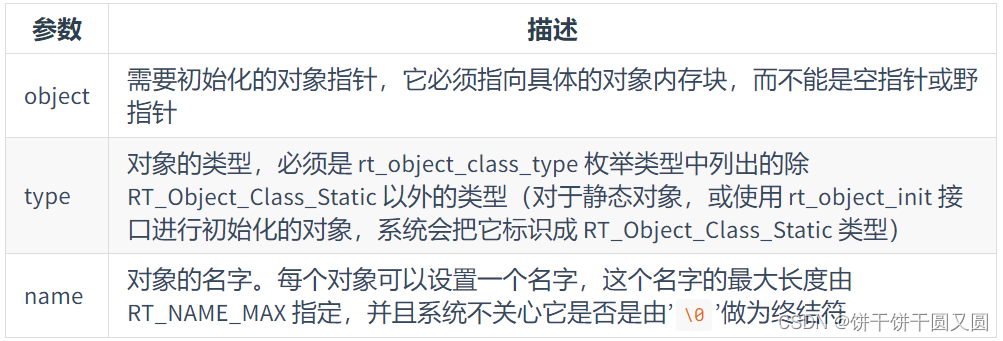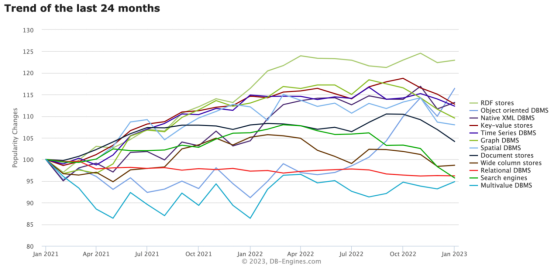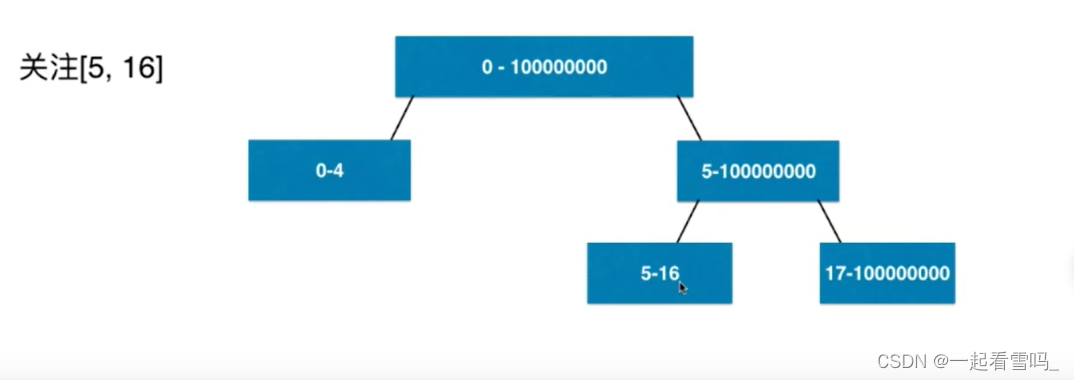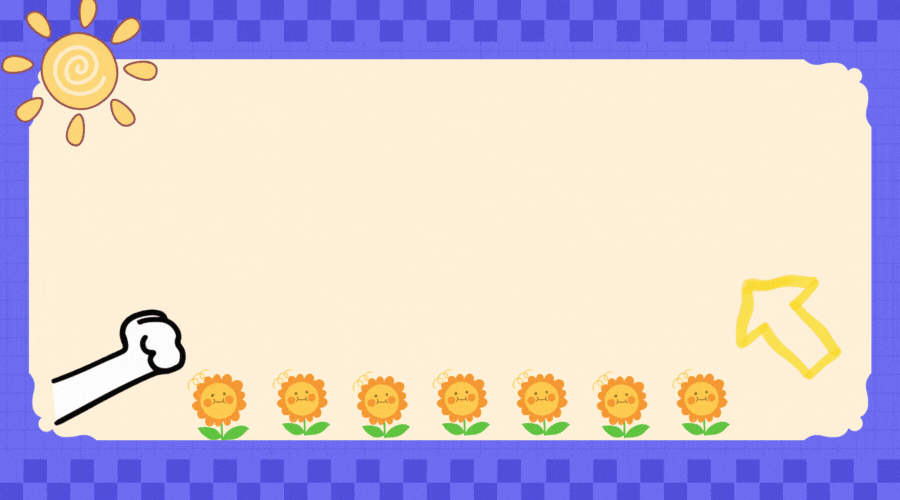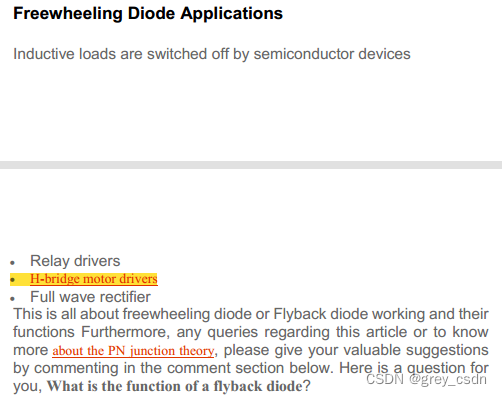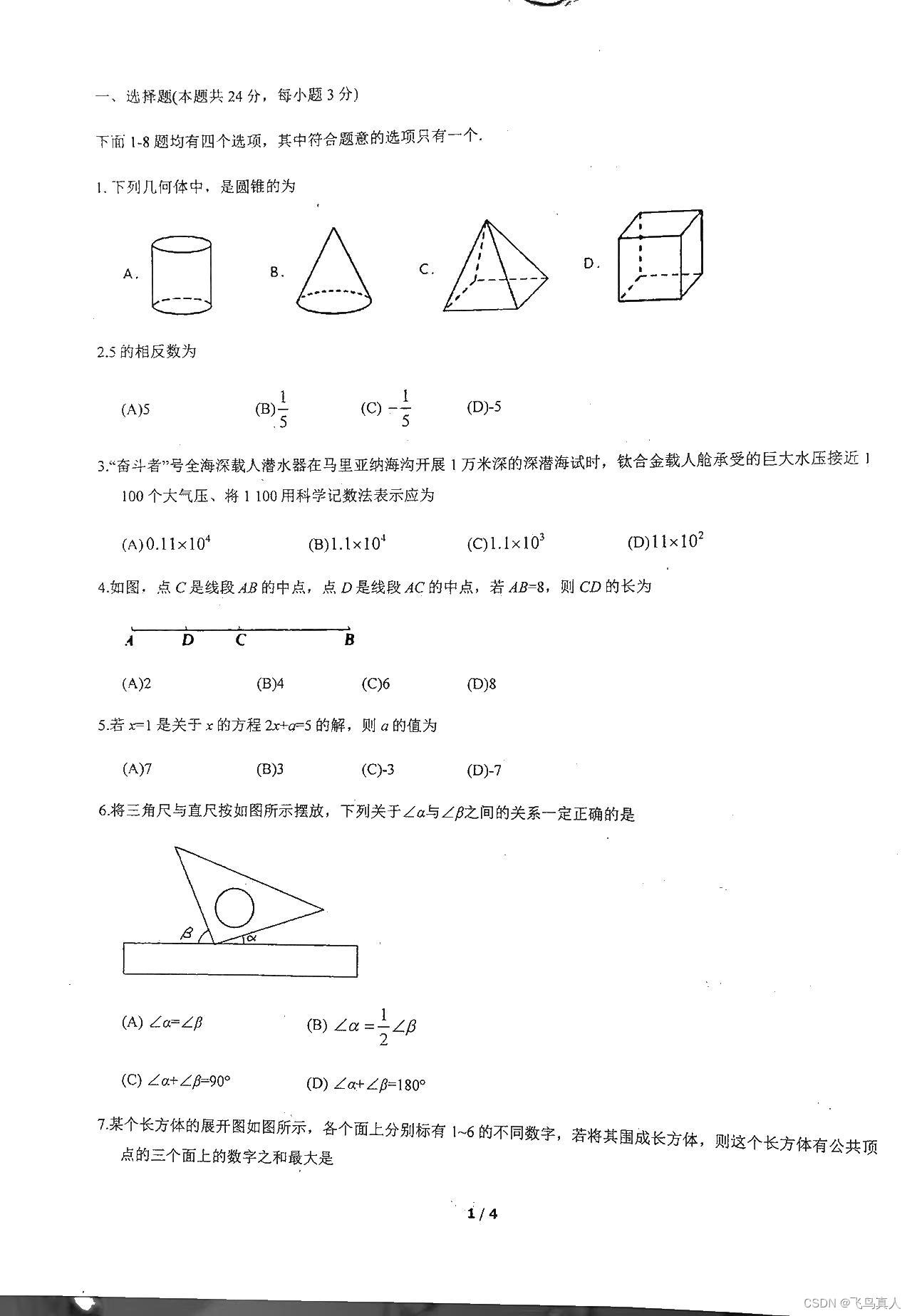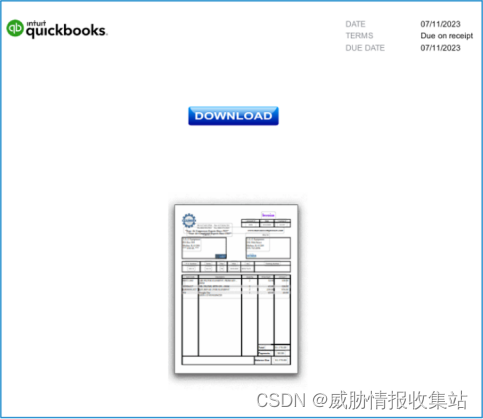这里主要是搬运一下能找到的 labelme标注的json文件数据转成coco数据集格式(可处理目标框和实例分割)的代码,以供需要时参考和提供相关帮助。
1、官方labelme实现
如下是labelme官方网址,提供了源代码,以及相关使用方法,包括数据集格式转换,要仔细了解的可以细看。
网址:https://github.com/wkentaro/labelme

其中,官网也提供了打包成exe可执行文件的方法。 如果自己使用后有其他可改进的想法,可以尝试看源码修改增加相关功能, 然后打包成exe可执行文件,使用会更方便。

可以看到相关工作的介绍,里面提供了把实例分割标注文件转成COCO格式的功能。网址:https://github.com/wkentaro/labelme/tree/main/examples/instance_segmentation

进入网址如下:

labelme提供的 标注文件json 转成coco数据集格式的代码,可以包含水平框和实例分割的目标轮廓,代码如下:
#!/usr/bin/env pythonimport argparse
import collections
import datetime
import glob
import json
import os
import os.path as osp
import sys
import uuidimport imgviz
import numpy as npimport labelmetry:import pycocotools.mask
except ImportError:print("Please install pycocotools:\n\n pip install pycocotools\n")sys.exit(1)def main():parser = argparse.ArgumentParser(formatter_class=argparse.ArgumentDefaultsHelpFormatter)parser.add_argument("input_dir", help="input annotated directory")parser.add_argument("output_dir", help="output dataset directory")parser.add_argument("--labels", help="labels file", required=True)parser.add_argument("--noviz", help="no visualization", action="store_true")args = parser.parse_args()if osp.exists(args.output_dir):print("Output directory already exists:", args.output_dir)sys.exit(1)os.makedirs(args.output_dir)os.makedirs(osp.join(args.output_dir, "JPEGImages"))if not args.noviz:os.makedirs(osp.join(args.output_dir, "Visualization"))print("Creating dataset:", args.output_dir)now = datetime.datetime.now()data = dict(info=dict(description=None,url=None,version=None,year=now.year,contributor=None,date_created=now.strftime("%Y-%m-%d %H:%M:%S.%f"),),licenses=[dict(url=None, id=0, name=None,)],images=[# license, url, file_name, height, width, date_captured, id],type="instances",annotations=[# segmentation, area, iscrowd, image_id, bbox, category_id, id],categories=[# supercategory, id, name],)class_name_to_id = {}for i, line in enumerate(open(args.labels).readlines()):class_id = i - 1 # starts with -1class_name = line.strip()if class_id == -1:assert class_name == "__ignore__"continueclass_name_to_id[class_name] = class_iddata["categories"].append(dict(supercategory=None, id=class_id, name=class_name,))out_ann_file = osp.join(args.output_dir, "annotations.json")label_files = glob.glob(osp.join(args.input_dir, "*.json"))for image_id, filename in enumerate(label_files):print("Generating dataset from:", filename)label_file = labelme.LabelFile(filename=filename)base = osp.splitext(osp.basename(filename))[0]out_img_file = osp.join(args.output_dir, "JPEGImages", base + ".jpg")img = labelme.utils.img_data_to_arr(label_file.imageData)imgviz.io.imsave(out_img_file, img)data["images"].append(dict(license=0,url=None,file_name=osp.relpath(out_img_file, osp.dirname(out_ann_file)),height=img.shape[0],width=img.shape[1],date_captured=None,id=image_id,))masks = {} # for areasegmentations = collections.defaultdict(list) # for segmentationfor shape in label_file.shapes:points = shape["points"]label = shape["label"]group_id = shape.get("group_id")shape_type = shape.get("shape_type", "polygon")mask = labelme.utils.shape_to_mask(img.shape[:2], points, shape_type)if group_id is None:group_id = uuid.uuid1()instance = (label, group_id)if instance in masks:masks[instance] = masks[instance] | maskelse:masks[instance] = maskif shape_type == "rectangle":(x1, y1), (x2, y2) = pointsx1, x2 = sorted([x1, x2])y1, y2 = sorted([y1, y2])points = [x1, y1, x2, y1, x2, y2, x1, y2]else:points = np.asarray(points).flatten().tolist()segmentations[instance].append(points)segmentations = dict(segmentations)for instance, mask in masks.items():cls_name, group_id = instanceif cls_name not in class_name_to_id:continuecls_id = class_name_to_id[cls_name]mask = np.asfortranarray(mask.astype(np.uint8))mask = pycocotools.mask.encode(mask)area = float(pycocotools.mask.area(mask))bbox = pycocotools.mask.toBbox(mask).flatten().tolist()data["annotations"].append(dict(id=len(data["annotations"]),image_id=image_id,category_id=cls_id,segmentation=segmentations[instance],area=area,bbox=bbox,iscrowd=0,))if not args.noviz:labels, captions, masks = zip(*[(class_name_to_id[cnm], cnm, msk)for (cnm, gid), msk in masks.items()if cnm in class_name_to_id])viz = imgviz.instances2rgb(image=img,labels=labels,masks=masks,captions=captions,font_size=15,line_width=2,)out_viz_file = osp.join(args.output_dir, "Visualization", base + ".jpg")imgviz.io.imsave(out_viz_file, viz)with open(out_ann_file, "w") as f:json.dump(data, f)if __name__ == "__main__":main()
代码执行需要导入相关库,缺少相关库自行下载安装。然后是看代码执行命令:
python ./labelme2coco.py --input_dir xxx --output_dir xxx --labels labels.txt
其中:
--input_dir 表示输入路径,包含标注的 json和图片
--output_dir 表示输出路径,用以保存图片和转化的coco文件
--labels 表示标签类别文件
生成文件夹内容:
It generates:- data_dataset_coco/JPEGImages- data_dataset_coco/annotations.json
2、其他代码实现
代码也很好理解,就是把相关功能集成到一起
import os
import argparse
import jsonfrom labelme import utils
import numpy as np
import glob
import PIL.Imageclass labelme2coco(object):def __init__(self, labelme_json=[], save_json_path="./coco.json"):""":param labelme_json: the list of all labelme json file paths:param save_json_path: the path to save new json"""self.labelme_json = labelme_jsonself.save_json_path = save_json_pathself.images = []self.categories = []self.annotations = []self.label = []self.annID = 1self.height = 0self.width = 0self.save_json()def data_transfer(self):for num, json_file in enumerate(self.labelme_json):with open(json_file, "r") as fp:data = json.load(fp)self.images.append(self.image(data, num))for shapes in data["shapes"]:label = shapes["label"].split("_")if label not in self.label:self.label.append(label)points = shapes["points"]self.annotations.append(self.annotation(points, label, num))self.annID += 1# Sort all text labels so they are in the same order across data splits.self.label.sort()for label in self.label:self.categories.append(self.category(label))for annotation in self.annotations:annotation["category_id"] = self.getcatid(annotation["category_id"])def image(self, data, num):image = {}img = utils.img_b64_to_arr(data["imageData"])height, width = img.shape[:2]img = Noneimage["height"] = heightimage["width"] = widthimage["id"] = numimage["file_name"] = data["imagePath"].split("/")[-1]self.height = heightself.width = widthreturn imagedef category(self, label):category = {}category["supercategory"] = label[0]category["id"] = len(self.categories)category["name"] = label[0]return categorydef annotation(self, points, label, num):annotation = {}contour = np.array(points)x = contour[:, 0]y = contour[:, 1]area = 0.5 * np.abs(np.dot(x, np.roll(y, 1)) - np.dot(y, np.roll(x, 1)))annotation["segmentation"] = [list(np.asarray(points).flatten())]annotation["iscrowd"] = 0annotation["area"] = areaannotation["image_id"] = numannotation["bbox"] = list(map(float, self.getbbox(points)))annotation["category_id"] = label[0] # self.getcatid(label)annotation["id"] = self.annIDreturn annotationdef getcatid(self, label):for category in self.categories:if label == category["name"]:return category["id"]print("label: {} not in categories: {}.".format(label, self.categories))exit()return -1def getbbox(self, points):polygons = pointsmask = self.polygons_to_mask([self.height, self.width], polygons)return self.mask2box(mask)def mask2box(self, mask):index = np.argwhere(mask == 1)rows = index[:, 0]clos = index[:, 1]left_top_r = np.min(rows) # yleft_top_c = np.min(clos) # xright_bottom_r = np.max(rows)right_bottom_c = np.max(clos)return [left_top_c,left_top_r,right_bottom_c - left_top_c,right_bottom_r - left_top_r,]def polygons_to_mask(self, img_shape, polygons):mask = np.zeros(img_shape, dtype=np.uint8)mask = PIL.Image.fromarray(mask)xy = list(map(tuple, polygons))PIL.ImageDraw.Draw(mask).polygon(xy=xy, outline=1, fill=1)mask = np.array(mask, dtype=bool)return maskdef data2coco(self):data_coco = {}data_coco["images"] = self.imagesdata_coco["categories"] = self.categoriesdata_coco["annotations"] = self.annotationsreturn data_cocodef save_json(self):print("save coco json")self.data_transfer()self.data_coco = self.data2coco()print(self.save_json_path)os.makedirs(os.path.dirname(os.path.abspath(self.save_json_path)), exist_ok=True)json.dump(self.data_coco, open(self.save_json_path, "w"), indent=4)if __name__ == "__main__":import argparseparser = argparse.ArgumentParser(description="labelme annotation to coco data json file.")parser.add_argument("labelme_images",help="Directory to labelme images and annotation json files.",type=str,)parser.add_argument("--output", help="Output json file path.", default="trainval.json")args = parser.parse_args()labelme_json = glob.glob(os.path.join(args.labelme_images, "*.json"))labelme2coco(labelme_json, args.output)
代码执行命令:
python labelme2coco.py labelme_images
其中,labelme_images 表示 放标注文件json和图片的文件夹路径,结果默认在当前路径下生成 trainval.json文件

